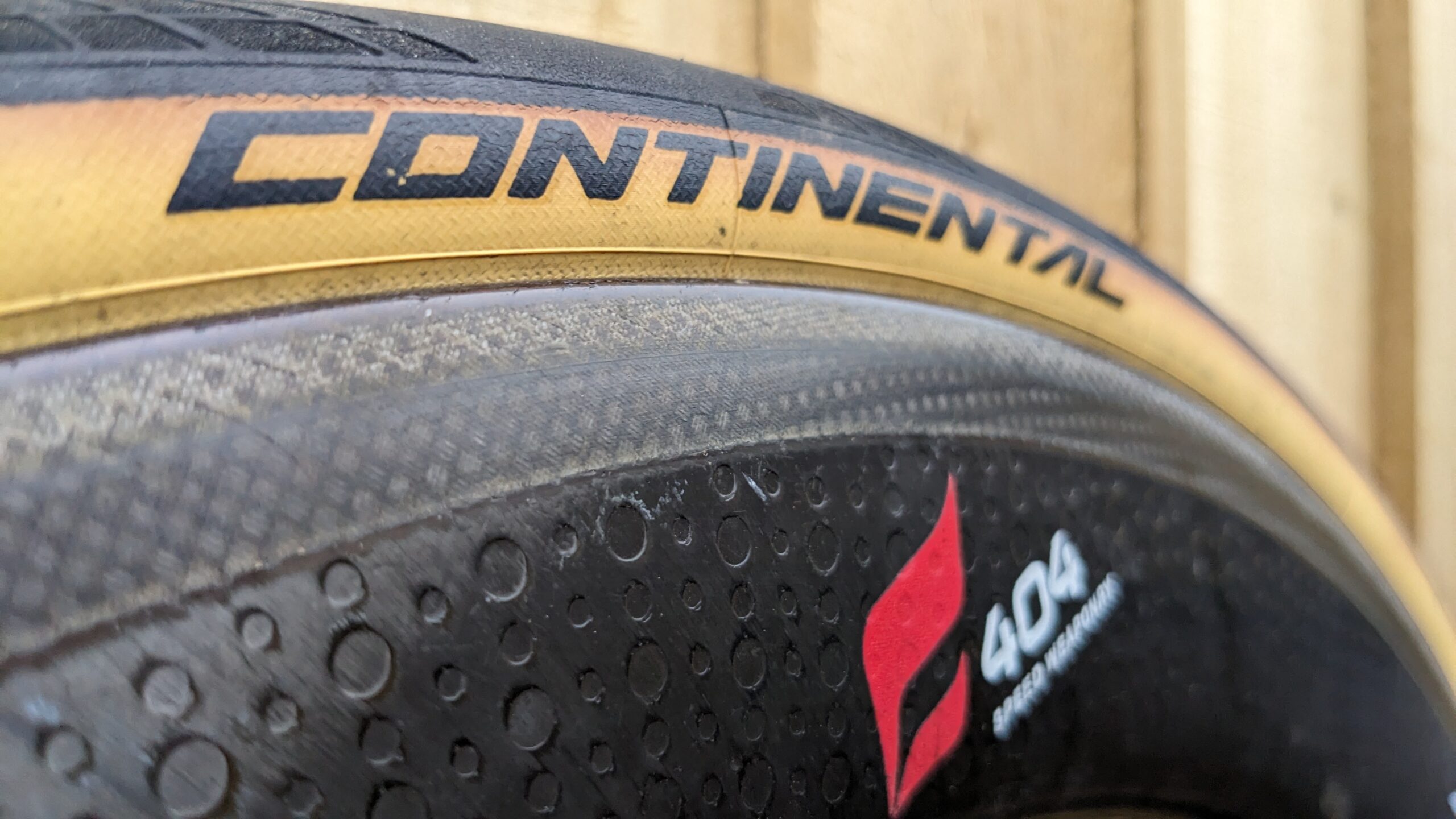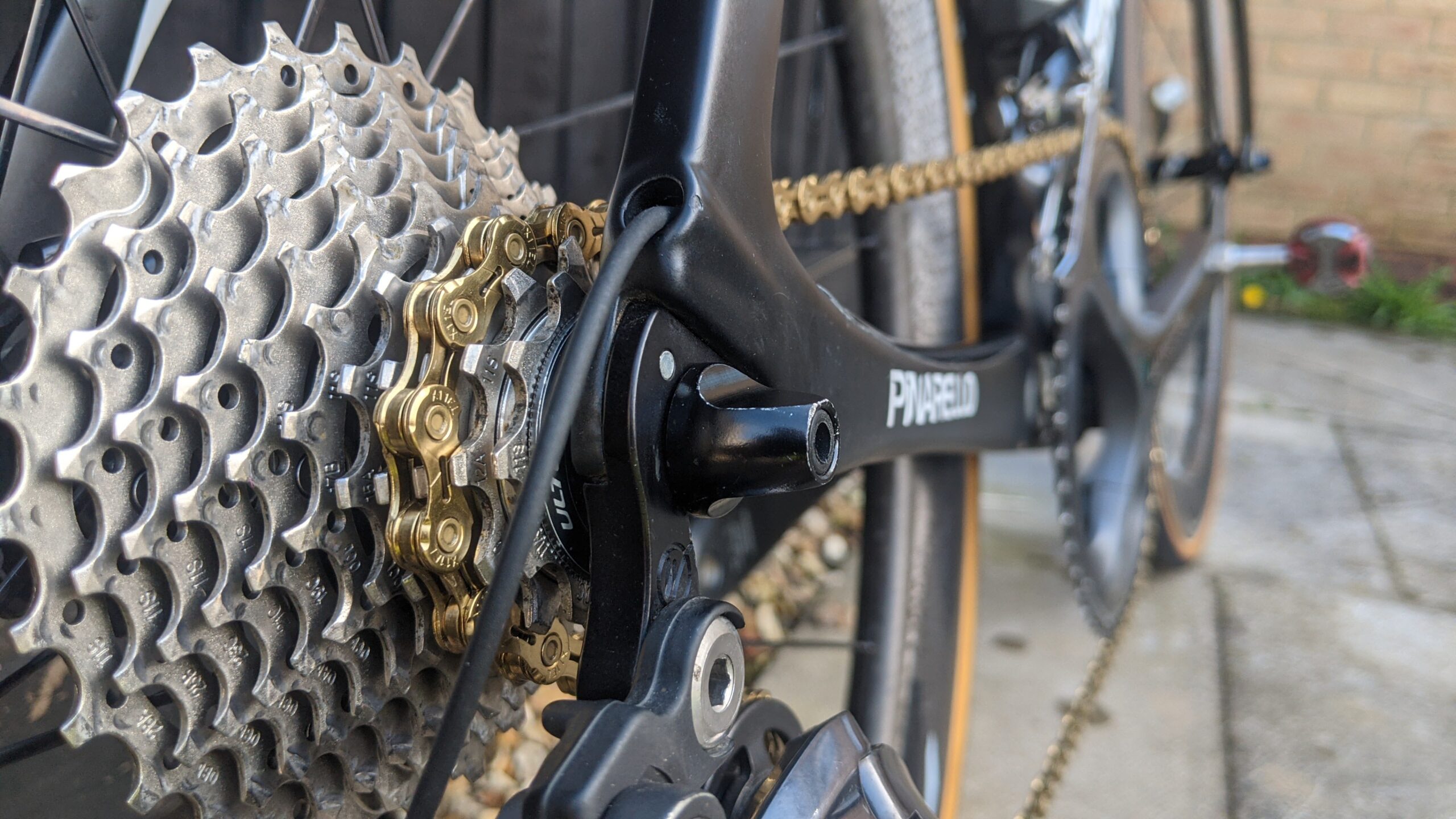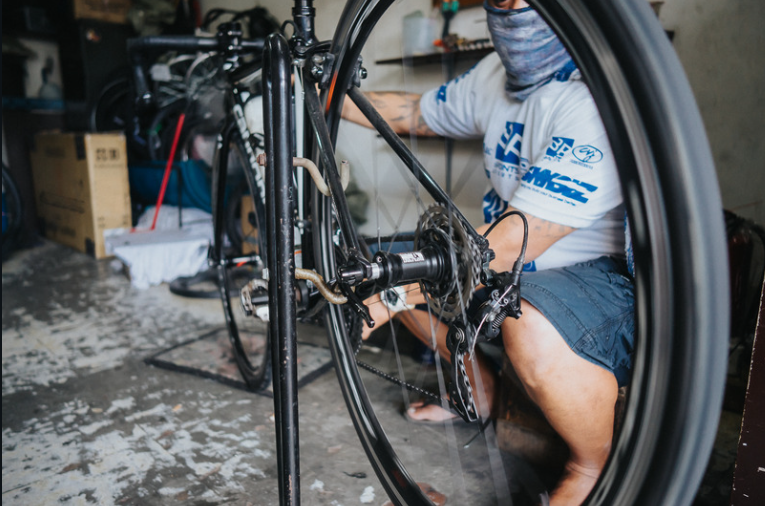As the years have gone on and bicycle technology has advanced, bike manufacturers have continued to bring out new bikes each year, often with bold claims of additional stiffness, aerodynamics, comfort and efficiency. You’d be forgiven for thinking that speed is the be all and end all and if you don’t buy the latest and greatest model then you’re going to be choking on your fellow riders dust.
There is no denying that on the whole, modern road bikes are faster and more efficient but let’s not forget, it’s all about the person on top pressing on the pedals that makes the biggest difference.
Whether you have bought a brand new bike or are still riding ‘old faithful’, here are our top seven tips on how to make you and your current bike that little bit more efficient, without breaking the bank.
Narrower bars
One of the easiest ways to lessen the amount of watts expended whilst riding is by reducing your frontal area, in other words, decreasing the surface area which the wind is hitting when you’re riding. A simple and very effective way of doing this is by fitting narrower handlebars. Some unconfirmed studies have shown that for every 20mm of bar width reduced at 40 kph, you will see approximately 25 watts of power saved. For those who don’t use power meters, this is a significant saving!
Despite these advantages, it’s important to note that narrow handlebars are not suitable for all riders. Cyclists with broader shoulders or longer arms may find that narrow handlebars cause discomfort or strain over long distances. Additionally, riders who prefer a more upright riding position may find that the narrow handlebars place too much strain on their lower back and shoulders. If going down the route of using narrower bars, you should probably seek some professional assistance. You have been warned!
View this post on Instagram
Tyres and pressure
Road tyres are not cheap and there is always the temptation to want to eke out every last km from them before they need to be changed. It probably won’t come as a surprise to you, but running old tyres which have squared off from so much use is not an efficient way to operate. Although most of your energy goes into battling air resistance, rolling resistance can account for up to 20% of your overall resistance: not to be sniffed at.
Upgrading to a ‘wider’ performance tyre can be a game-changer. High-quality tires can enhance the way your bike feels, by reducing harshness and giving more grip. If you lack confidence when cornering or descending, having a tyre which absorbs more road vibration really helps. Additionally, more supple casings can make your bike feel more comfortable. If you’re the type of person who just pumps the tyres up until they are hard, check out this super useful Silca tyre pressure calculator.
In summary, replacing worn bicycle tyres is generally worth the investment to improve efficiency and safety. Worn tyres can negatively impact handling and performance, increase rolling resistance, and increase the risk of punctures and blowouts.


Wax your chain
At a very minimum, you should always be keeping your drivetrain as clean and as lubricated as possible. Riding with an unlubricated chain is noisy, accelerates drivetrain wear and loses you watts. According to cycling tips having a squeaky unlubricated chain can lose you up to 20 watts of power. Although this may sound like an extreme case, if you have set out on a big day with a lightly lubricated chain, a serious downpour could dry your chain out, resulting in significant efficiency losses.
An increasingly more popular way of increasing drivetrain efficiency is by chain waxing. One of the main benefits of chain waxing is that the wax repels dirt and grime, which can help to keep the chain clean for longer and improve shifting performance. In short, less mess, more glide! For most riders, the efficiency difference between an oiled chain and waxed chain is going to be negligible as a standard road bike drivetrain is approximately 97% efficient. Whichever route you decide on, keep on top of it.
View this post on Instagram
Bike fit
To prevent injuries that can be easily avoided, it’s probably a good idea to have a bike fit. Do you know the optimum saddle height and layback for your saddle on your new bike? No, me either! Whether you’re new to cycling or a seasoned veteran, cycling can result in multiple niggles including pain in the knees, back, shoulders, wrists and hips. Having a bike fit will optimise your body mechanics to the bike’s components to cater to your height and riding style, reducing the strain on your body from inefficient movements and preventing unnecessary discomfort. Even if you have been riding years, getting a professional to check out your position is no bad thing. Besides, we’re all getting older!
View this post on Instagram
Use your gears wisely
Modern road bikes typically come out of the box with enough gear ratios to get you through three weeks of the Tour de France, but even with seamless electronic shifting, people don’t take advantage of selecting the right gear for the terrain they’re riding. The two most common issues I’ve encountered are that riders don’t anticipate changes in terrain which can be utilised to maintain momentum (this goes for uphill and downhill) and also riders ‘cross chaining’. This is when the gear selected runs the chain on the limits of its operating envelope. Cross chaining results in more wear, more noise and less efficiency in the drivetrain. The straighter you can keep the chain, the better!

Make sure your bike is running smoothly
Keeping on top of your bicycle maintenance is key to keeping it running as it was designed. For those who ride in all conditions will know, water ingress, salt and grit do a fine job of wearing out bottom bracket, pedal and wheel bearings. If you can hear your wheel bearings or there is lateral movement in your crank arms, they’re worn and going to be costing you additional energy. It’s probably time to get the bearings replaced before they fail completely! Making sure the bearings are fitted correctly is equally as important as their condition, so if you don’t have the tools or expertise to do it at home, don’t even bother: get to the bike shop.

Wear the right clothing
Although clothing isn’t part of the bike, we have been talking about maintenance and upgrades to help speed you up. The kit you wear can have a profound effect on the speed at which you’re able to travel. Before you set out for the day, it’s worth considering the tempo at which you’re likely to be riding as well as the weather systems you’re going to encounter. Overdressing can lead you to overheat which can cripple the way in which your body functions. You’re always best of setting off just a little cold as you’ll soon warm up to an ideal temperature. If it looks like it’s going to rain, pack a well fitted rain cape.
View this post on Instagram
If you want to make sure that you and your bike are covered for accidental damage, theft, personal accident cover, public liability, plus a whole host of other benefits, check out Yellow Jersey bicycle insurance to make sure that you’re covered if you find yourself in an unfortunate incident. For any other questions or queries, give our friendly support staff a call on 0333 003 0046